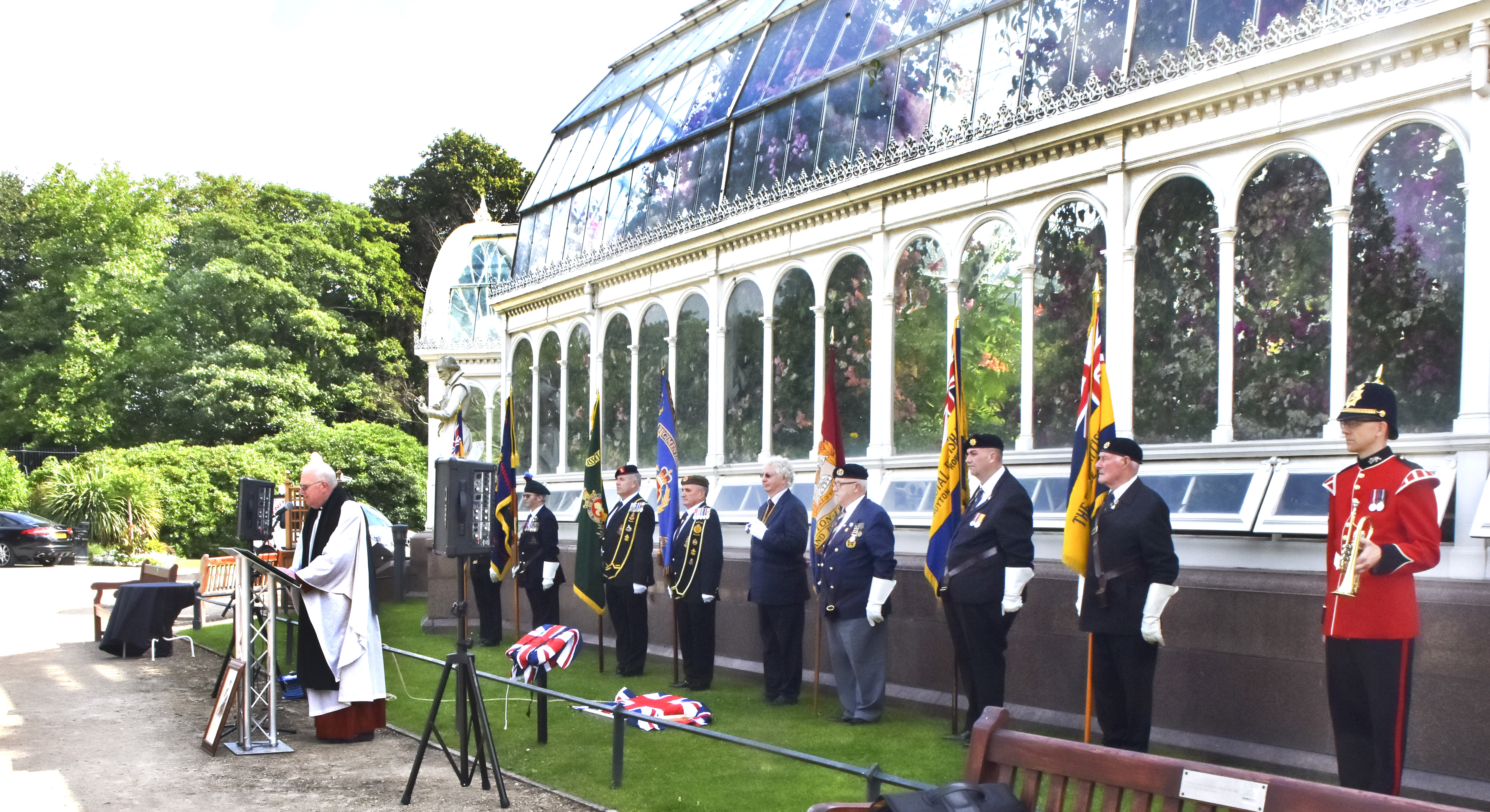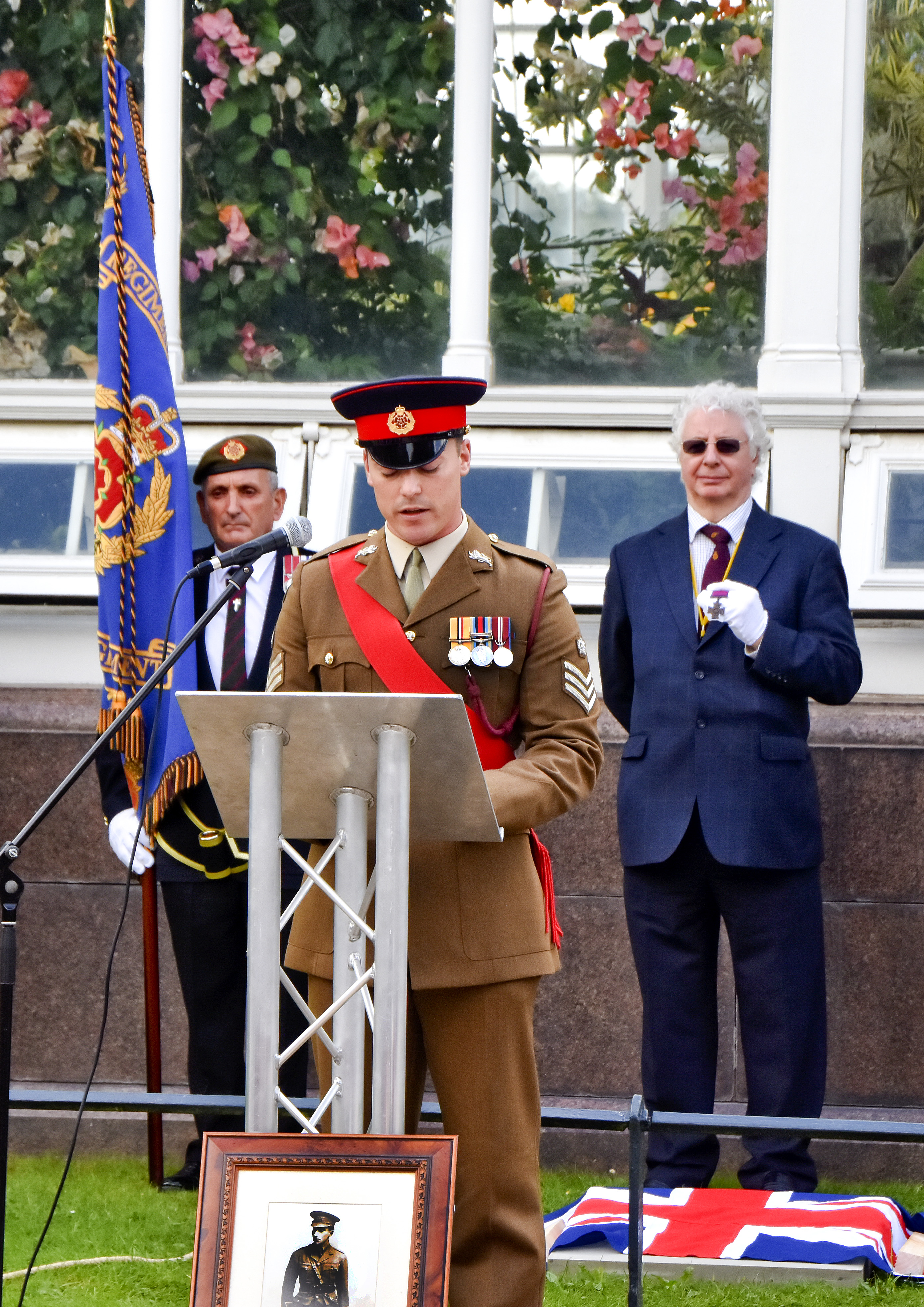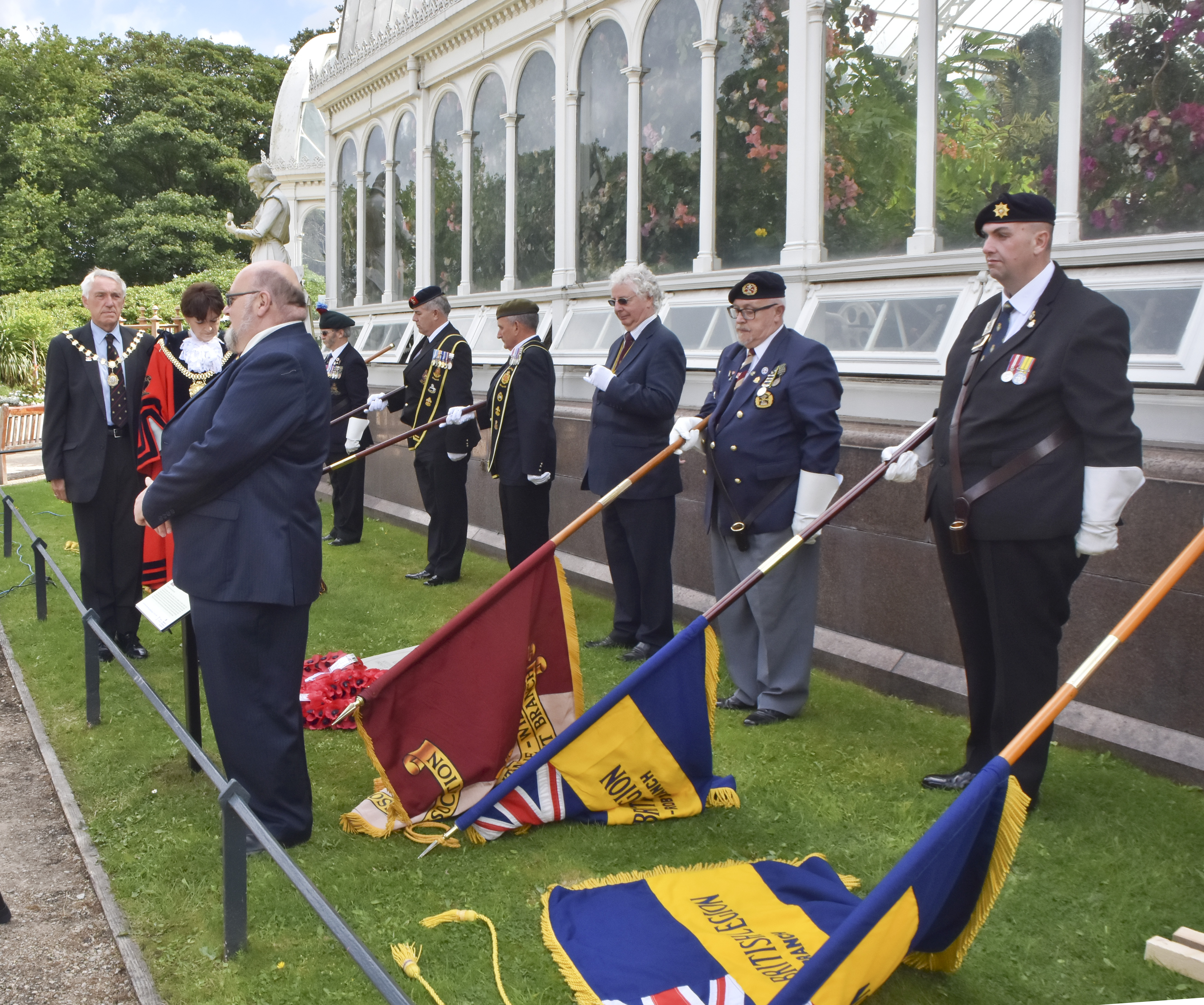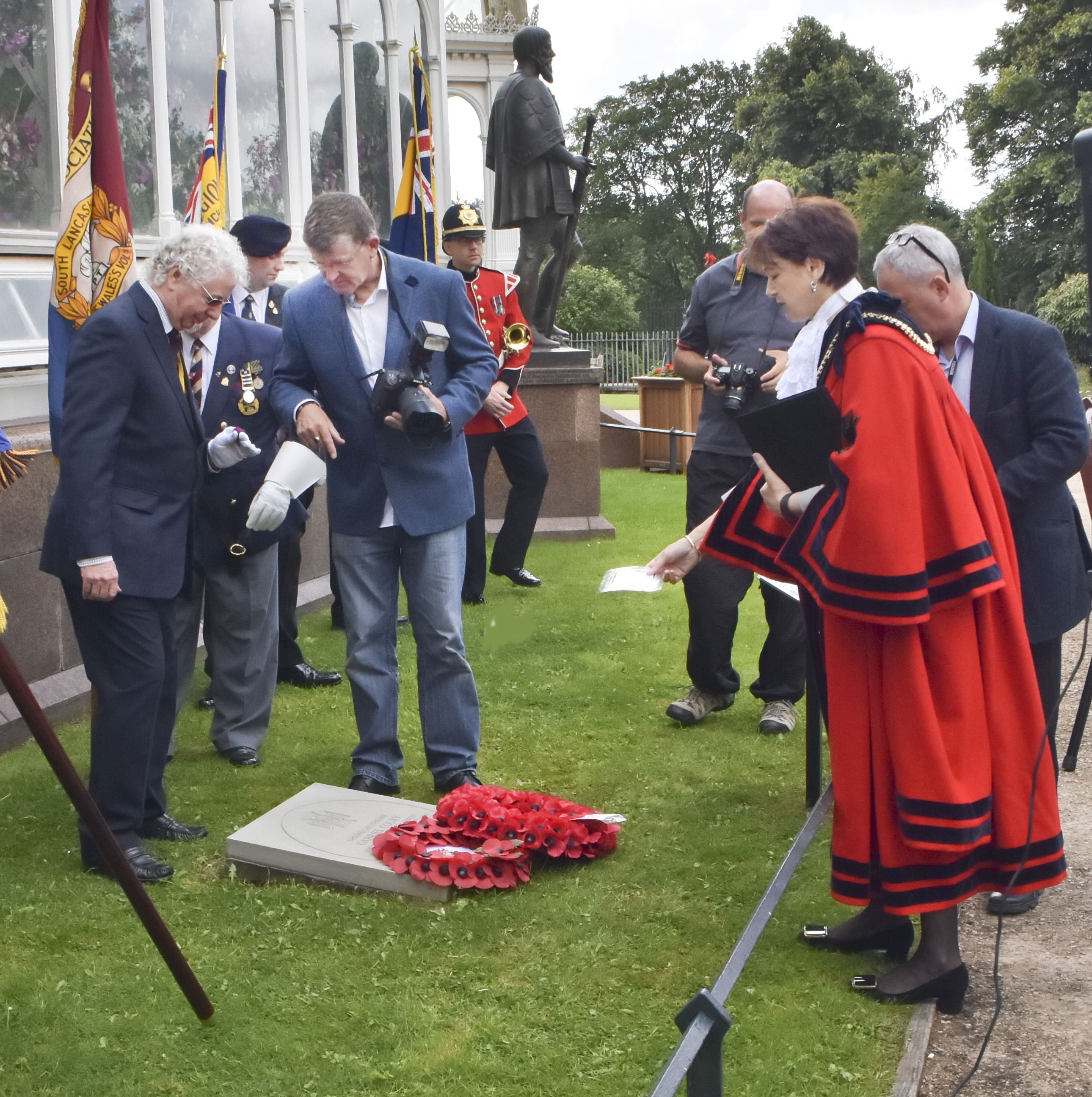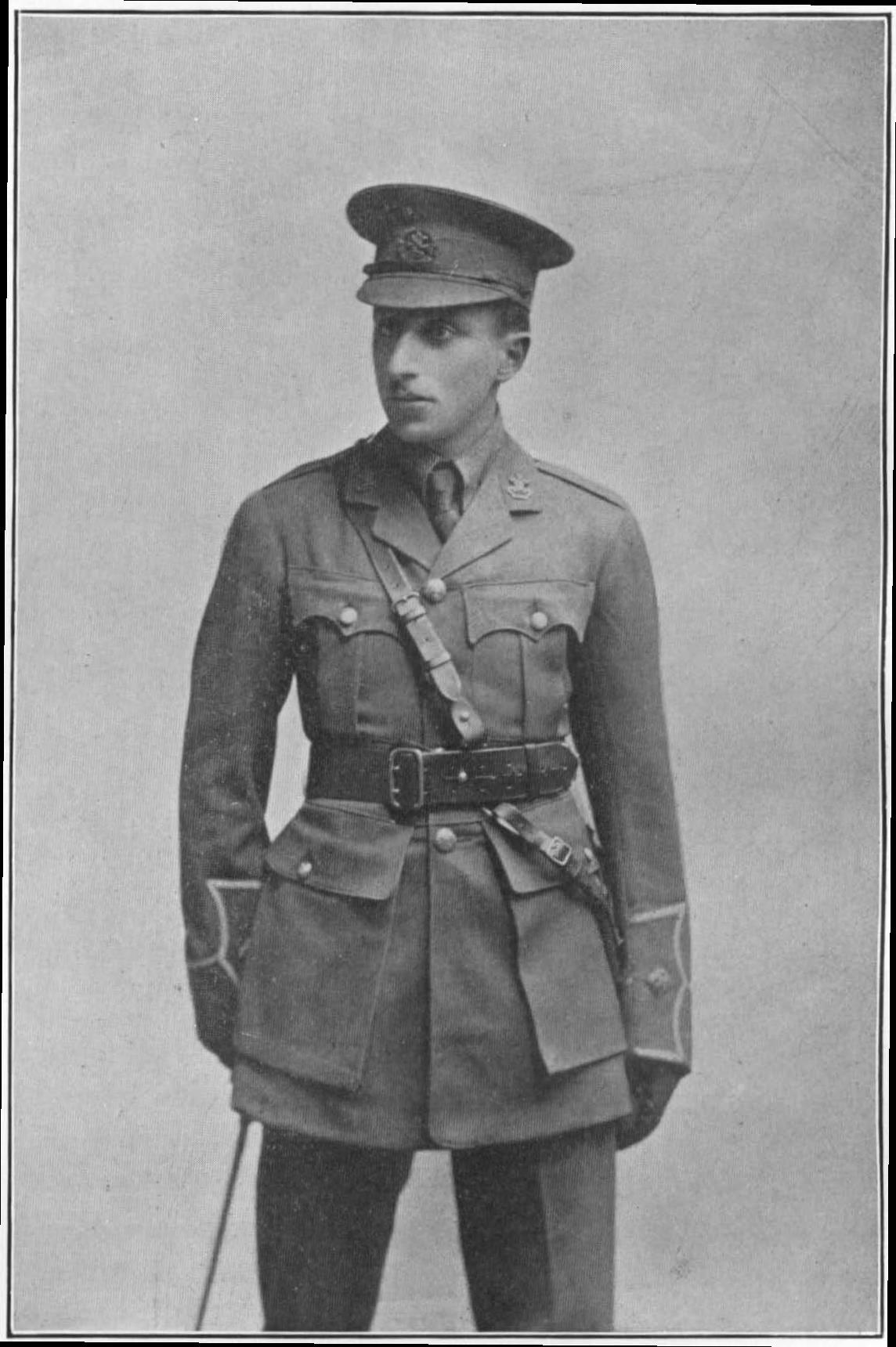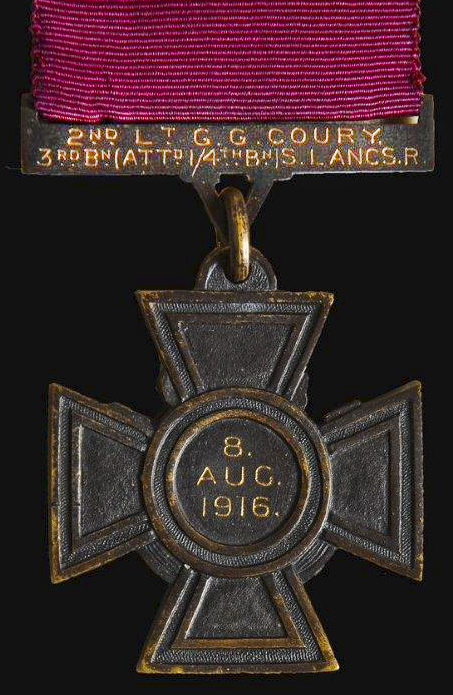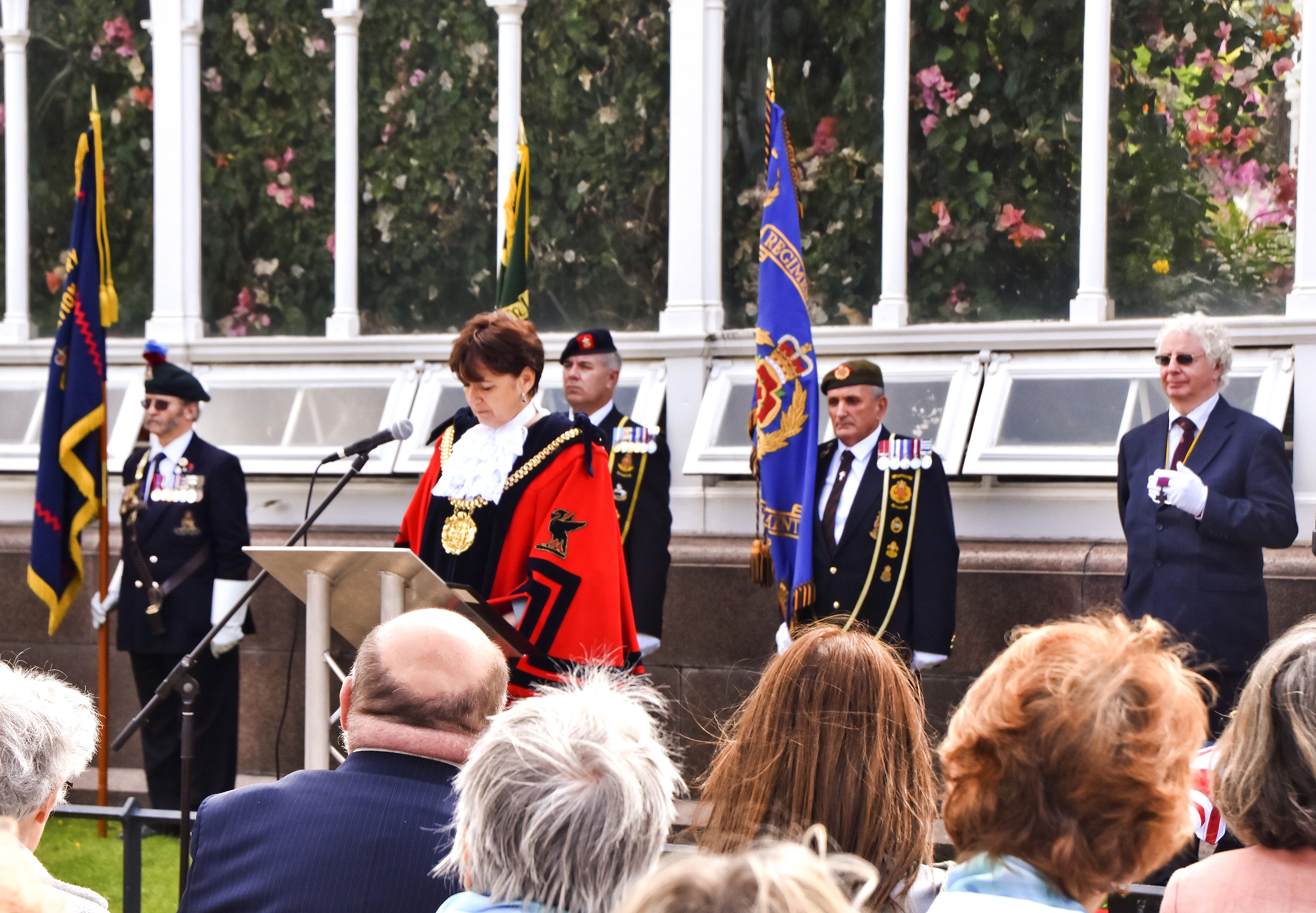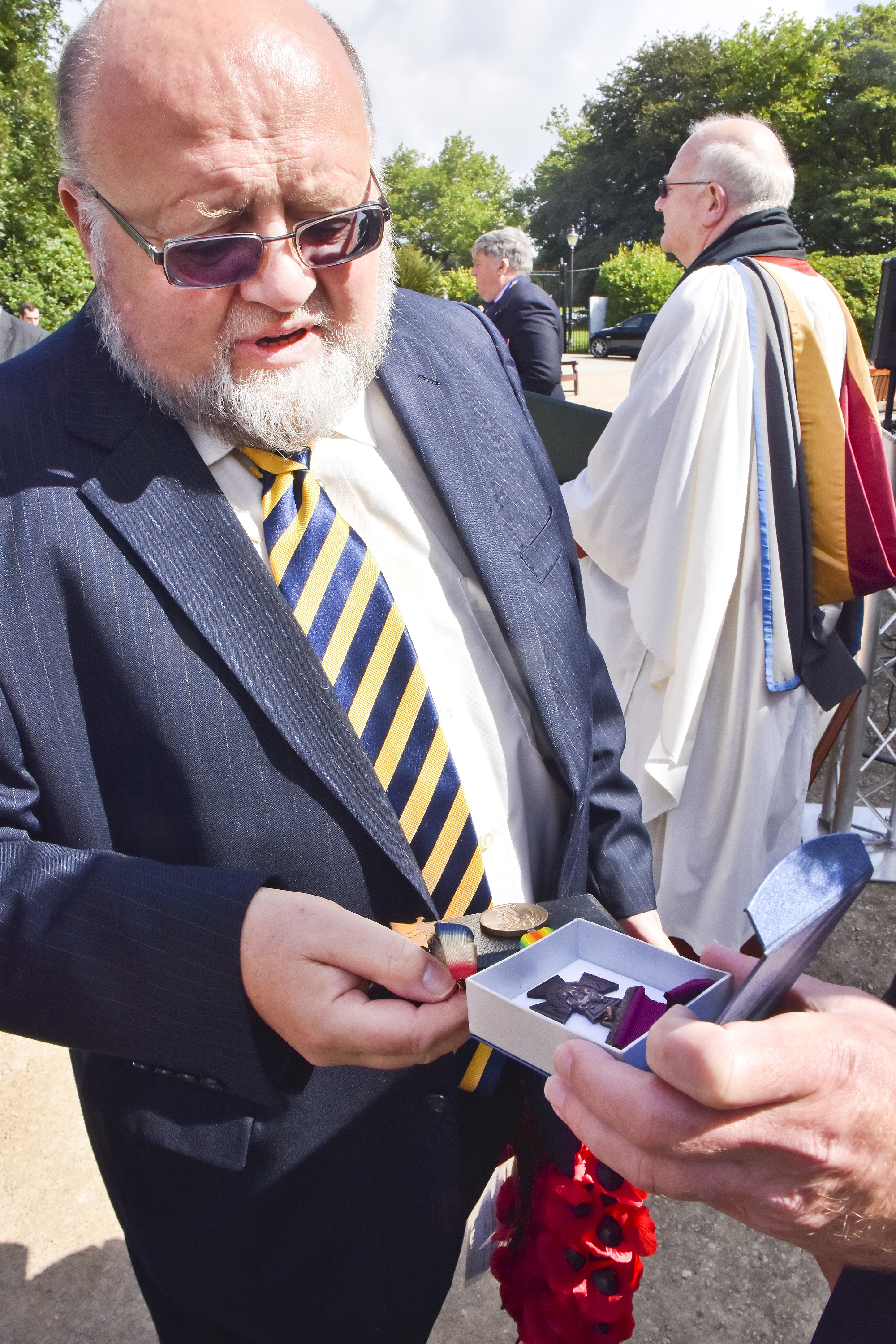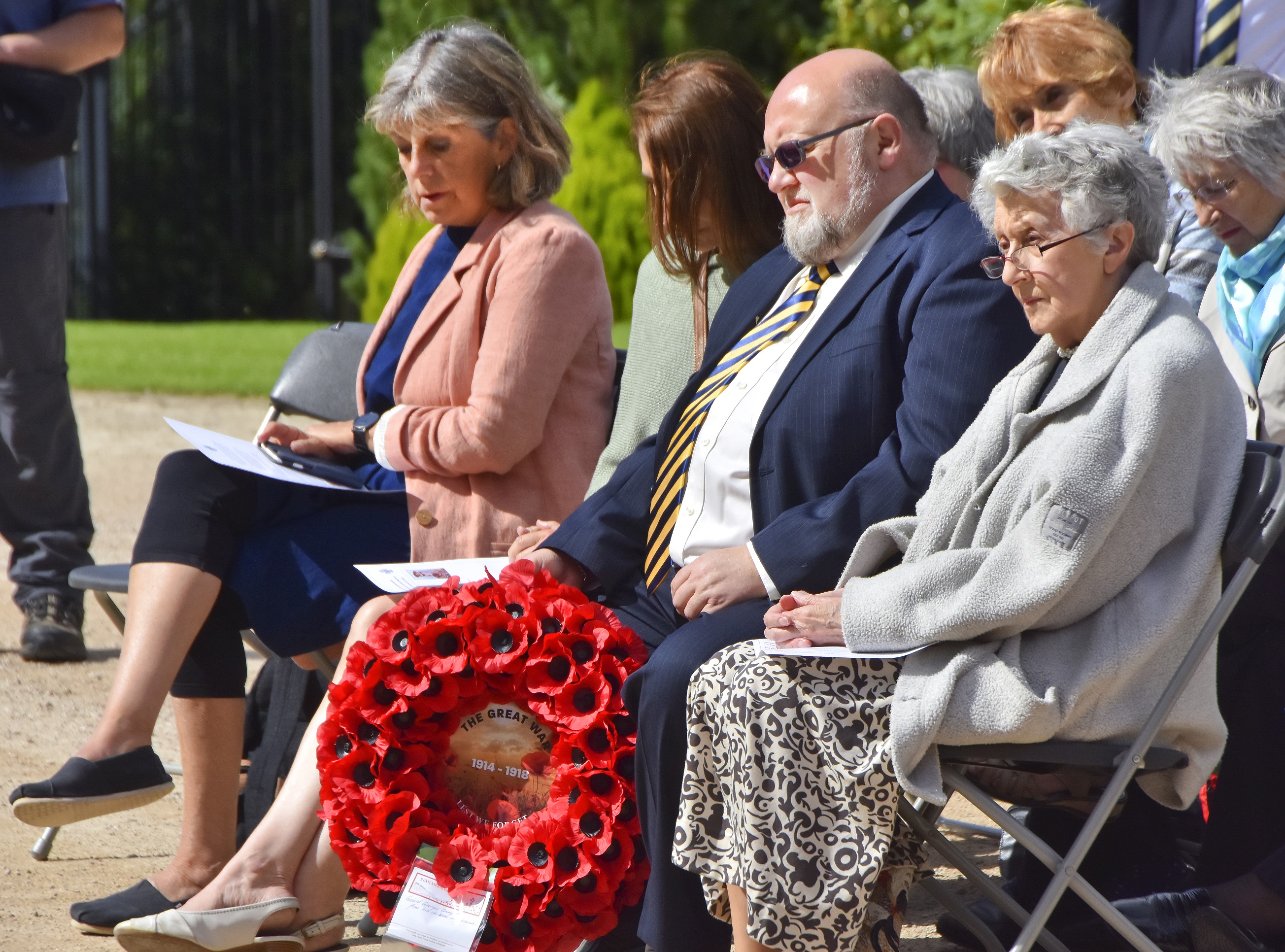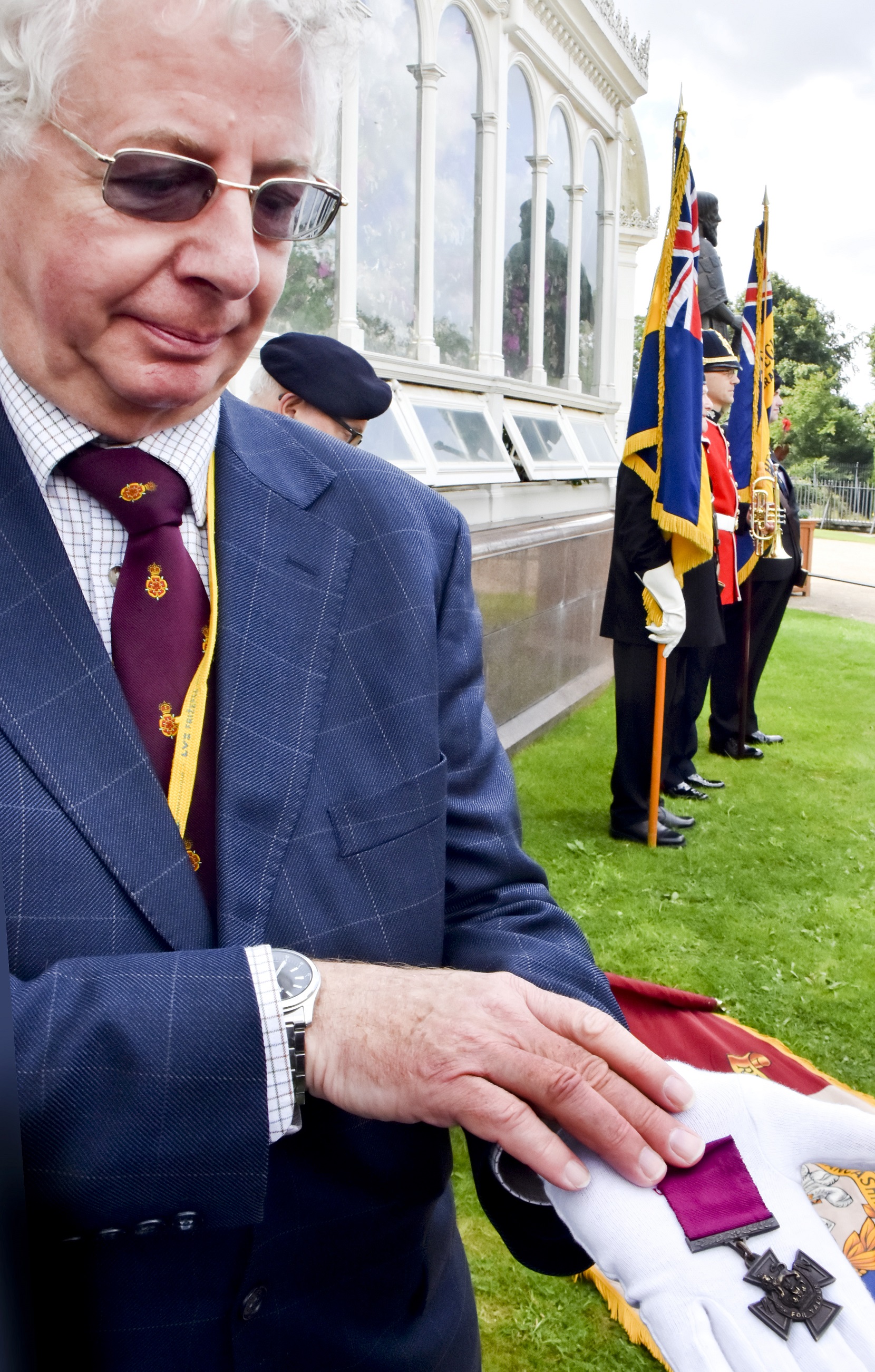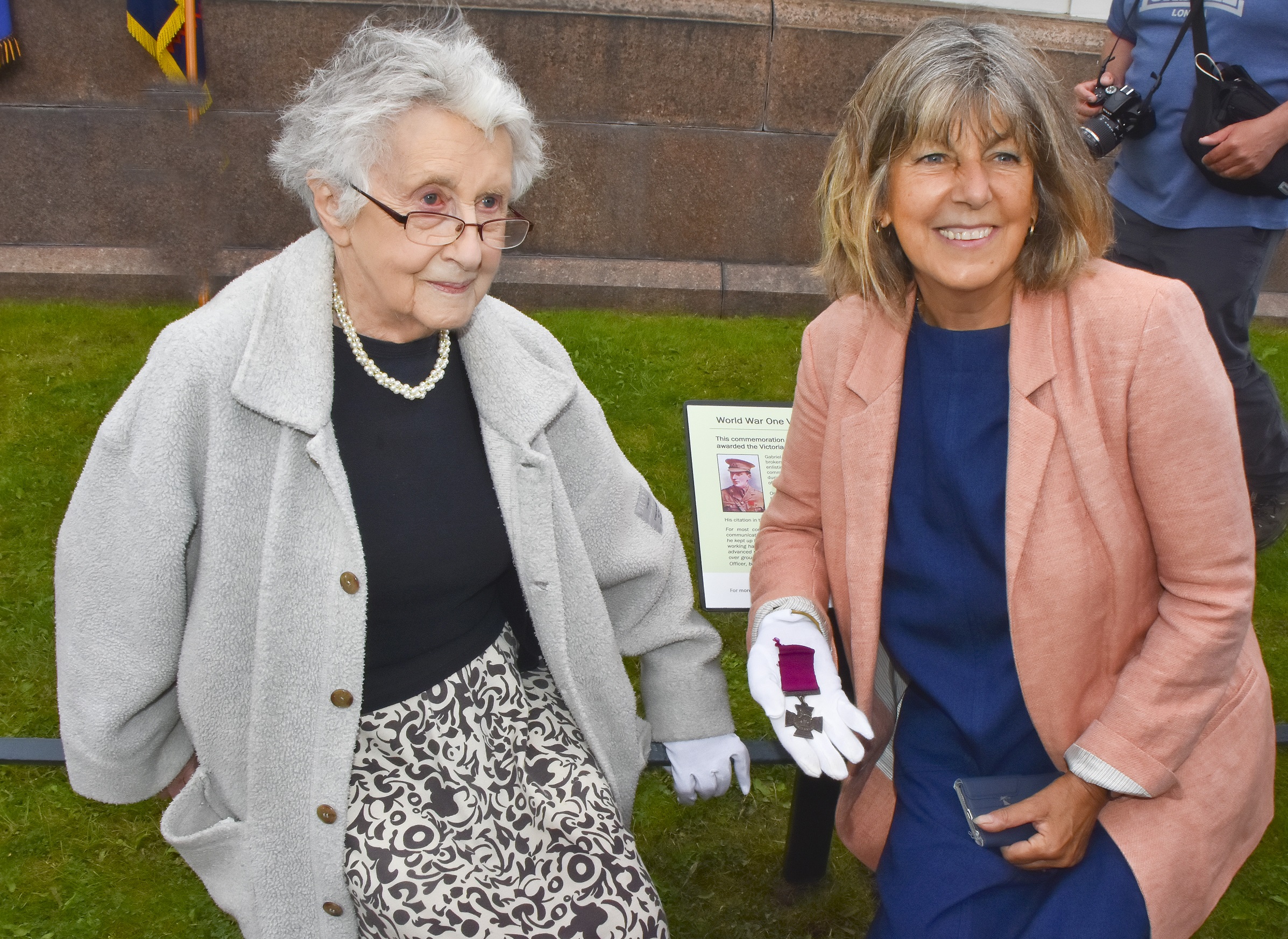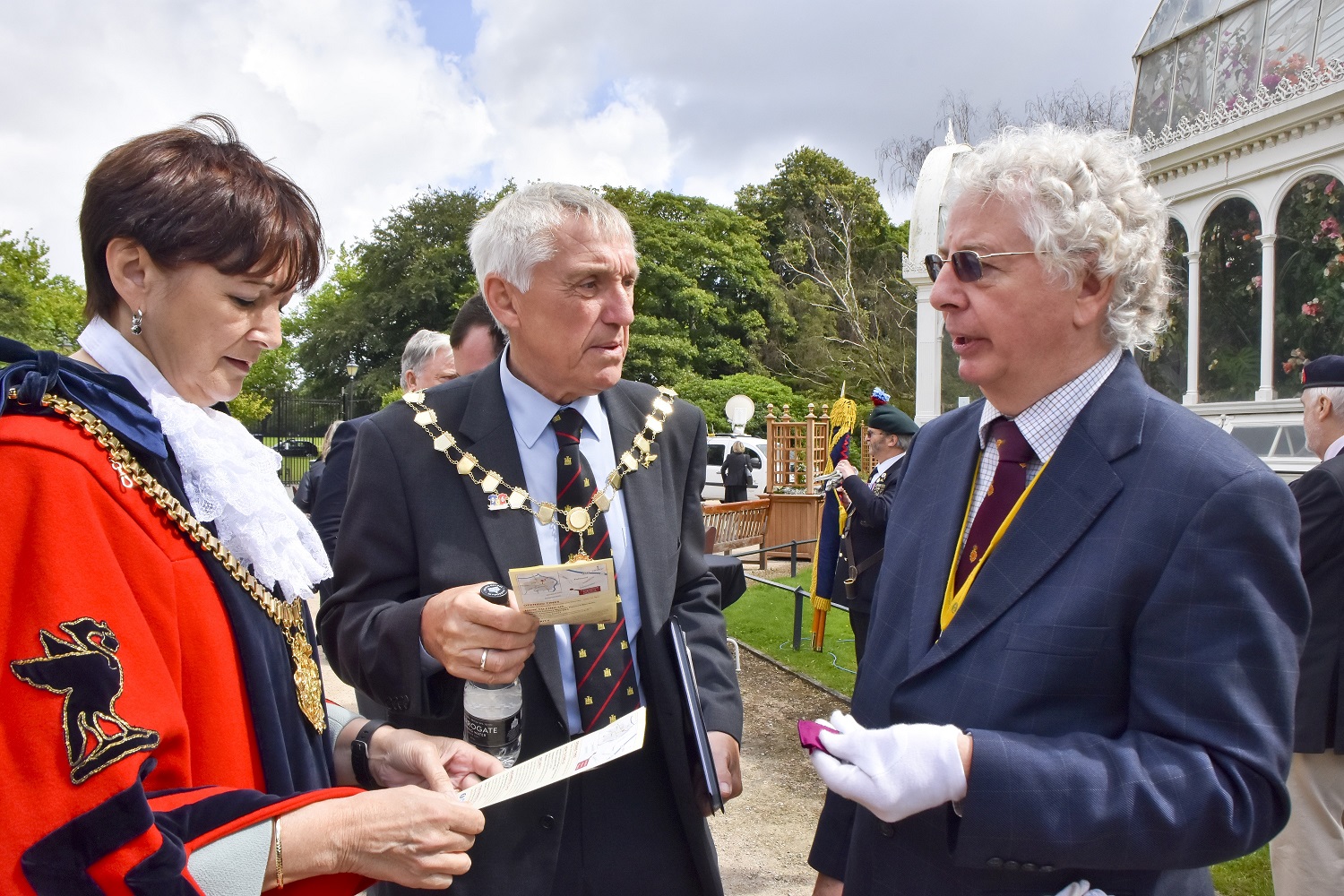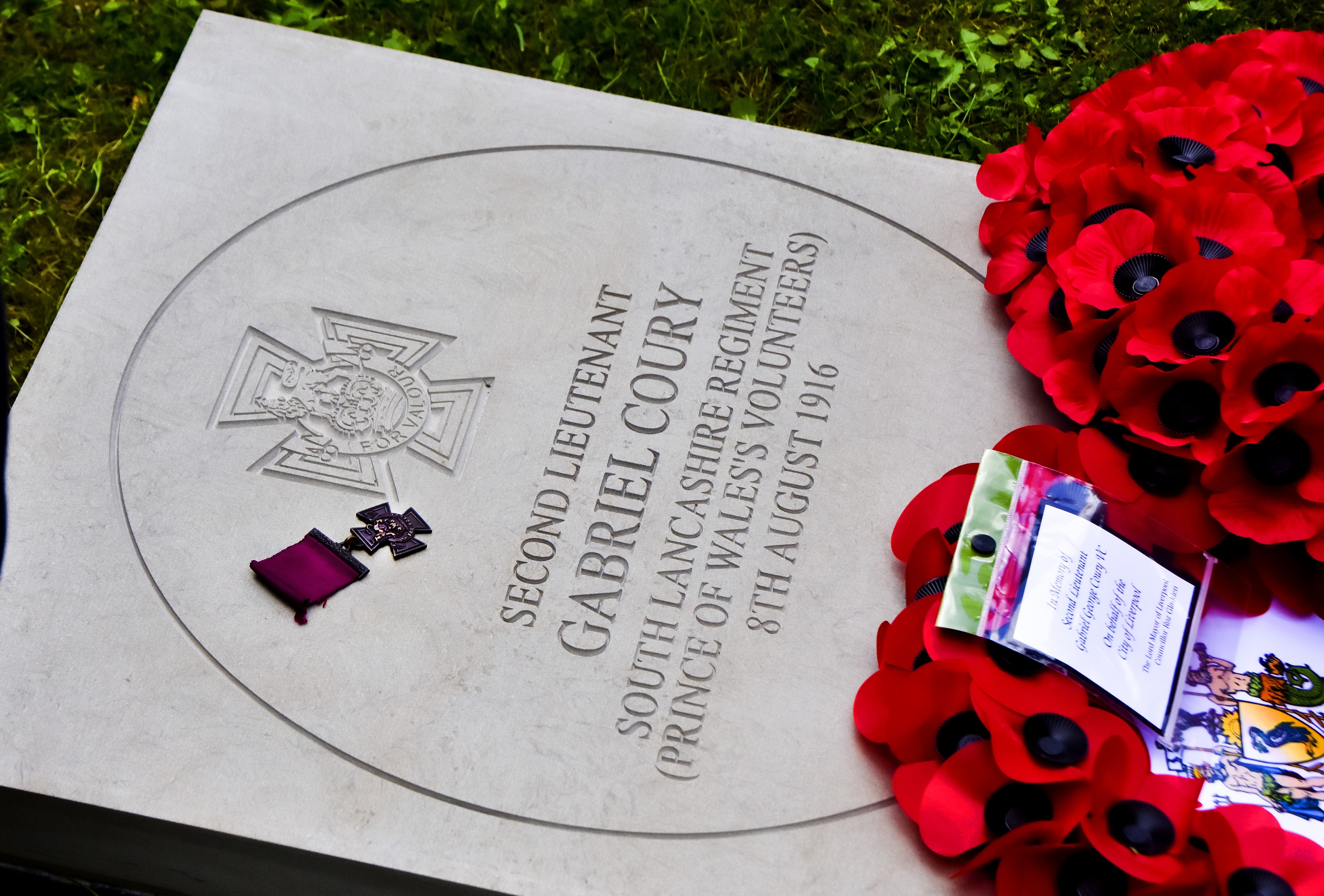
‘He was the bravest officer I ever served under…’
As an 18 year old, Georges Gabriel Coury from Croxteth, Liverpool, volunteered with 2/6th King’s, one of the Regiment’s six Territorial Force Battalions, joining as a Private in 1914.
Barely two years later, and by then commissioned into the South Lancashire Regiment, the 20 year old commanded a half company of pioneers from the Territorials of 1/4th Battalion of the South Lancashire Regiment. In August 1916, during the Battle of the Somme, his Division, the 55th (West Lancashire) was ordered to attack the German-held village of Guillemont. His men were supporting the 1/4th Battalion, Kings Own (Royal Lancaster) Regiment with vital trench digging and repair. In the fierce battle, he saved the Commanding Officer’s life under intense fire. The citation for his VC tells the story:
“For most conspicuous bravery. During an advance (2nd Lieutenant Coury) was in command of two platoons ordered to dig a communication trench from the firing line to the position won. By his fine example and utter contempt of danger he kept up the spirits of his men and completed his task under intense fire. Later, after his battalion had suffered severe casualties and the Commanding Officer had been wounded, he went out in front of the advanced position in broad daylight and in full view of the enemy found his Commanding Officer, and brought him back to the new advanced trench over ground swept by machine-gun fire. He not only carried out his original tasks and saved his Commanding Officer, but also assisted in rallying the attacking troops when they were shaken and in leading them forward.”
But the tribute from one of his junior NCOs, printed in the Liverpool Post of the day is even more telling: “He was the bravest officer I ever served under. The task given to the men under him was no soft one. To dig a new trench in the thick of a battle is a thing that requires some nerve, and a better officer than Lt Coury could not have been chosen to direct the operation. He showed absolute contempt for death, and made us all feel that a dozen deaths were as nothing compared with the necessity of completing the task given to us. It was when we got into the captured position that Lt Coury showed what he was capable of. We had gone through a hellish ordeal. We had suffered severely, and a lot of our officers and men lay out there in the open, wounded. It blew hurricanes of fire across the open, and it seemed to invite certain death to go out there.
“Word was brought that our commanding officer was among the wounded. Lt Coury determined to go out to him. He started out under fiendish fire. The enemy’s snipers were after him from the first, but he ran on regardless of the hail of bullets flying around him. He reached the spot where our commander lay, and after resting for a while started back again, carrying the commander.”
He was promoted Lieutenant as a result. Coury’s remarkable career continued with a transfer to the Royal Flying Corps which became the Royal Air Force. He survived serious crashes and gained his pilot’s wings. Demobilised and returning to Liverpool, he resumed work as a cotton broker. Volunteering in World War II with the Royal Army Service Corps, he landed in Normandy in 1944 as a Major.
As the cotton trade diminished, one of his enterprises was The Frying Pan fish and chip shop in Brunswick Street, a cafe in West Derby and a concession for the catering in Liverpool’s parks. He kept close contact with his old school, Stonyhurst, supporting the Combined Cadet Force.
He died in February 1956 and was buried at St Peter & St Paul’s RC churchyard in Crosby. In 1961 his widow, Mrs Katherine Coury, presented his VC to the Regimental Association of the South Lancashire Regiment for safe keeping and it is now in the care of Duke of Lancaster’s Regiment Lancashire Infantry Museum in Preston.
In what is thought to be its first display outside the Museum, the VC was brought to the Palm House in Sefton Park Liverpool where the commemorative stone tablet was unveiled on the VC’s 100th anniversary – August 8th. Four members of the Coury family were present including his daughter Mrs Rita Shepherd.
The VC made the whole ceremony complete, alongside Coury’s World War I medals, cared for by grandson, Mr Stephen Sheppard.
More information is available on the Lancashire Infantry Museum website: www.lancashireinfantrymuseum.org.uk
The Museum, at Fulwood Barracks, Preston is open on Tuesday -Thursday and Saturday from 10.00–16.00. Admission and car parking are free. ID such as a photo driving licence is required.
